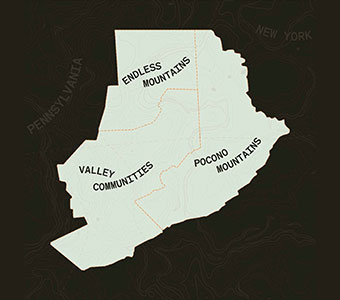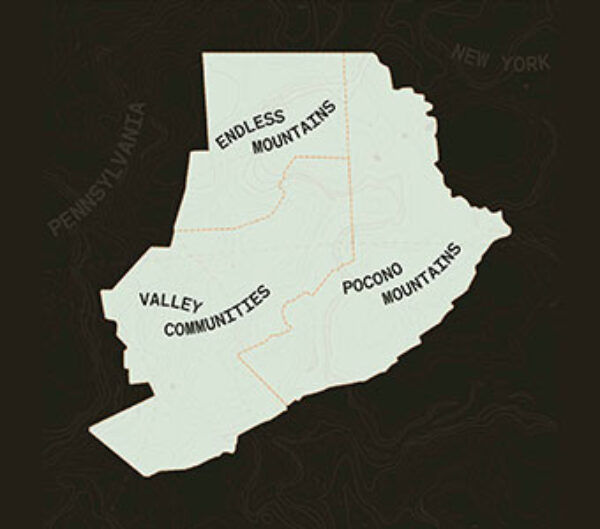Since 1924, the American Heart Association has been fighting heart disease and stroke and helping people to live longer, healthier lives. Our local AHA shares ways that you can stay healthy, get involved and help raise awareness right here in NEPA.
By Learning and Sharing the F.A.S.T. Warning Signs, You Just Might Save a Life From Stroke
World Stroke Day is celebrated globally on Oct. 29. This year the American Stroke Association, a division of the American Heart Association, is highlighting the importance of acting F.A.S.T. and stroke prevention.
Strokes can happen to anyone, at any age. In fact, globally about one in four adults over the age of 25 will have a stroke in their lifetime. Even so, most adults in the U.S. don’t know the F.A.S.T warning signs of a stroke, and that stroke is largely treatable if you call 9-1-1 as soon as you recognize the symptoms.
Learn how to spot a stroke F.A.S.T. – If you see Face drooping, Arm weakness or Speech difficulty, it’s Time to call 9-1-1.
- Face Drooping: Does one side of the face droop or is it numb? Ask the person to smile. Is the person’s smile uneven?
- Arm Weakness: Is one arm weak or numb? Ask the person to raise both arms. Does one arm drift downward?
- Speech: Is speech slurred? Is the person unable to speak or hard to understand? Ask the person to repeat a simple sentence like “The sky is blue.”
- Time to call 9-1-1: If someone shows any of these symptoms, even if the symptoms go away, call 9-1-1 and get to a hospital immediately. Check the time so you’ll know when the first symptoms appeared.
If someone is having a stroke, they must get medical attention right away. Immediate treatment may minimize the long-term effects of a stroke and even prevent death.
Help Reduce Your Stroke Risk
Some people have a higher stroke risk, like stroke survivors and people who have AFib or high blood pressure, but a stroke can happen to anyone at any point in their lifetime.
High blood pressure is a leading cause and controllable risk factor for stroke and heart disease.
A large majority of strokes can be prevented through education and lifestyle changes such as moving more, healthy eating, managing your blood pressure, getting healthy sleep and quitting smoking and vaping.
Make sure you “Know Your Numbers” – four key personal health numbers help determine risk for stroke: total cholesterol, blood pressure, blood sugar and body mass index.
It’s also important to learn your family health history and then talk to your doctor about lowering your personal risk for stroke.
Nearly 1 in 4 strokes occur in people who have had a previous stroke, in some instances because they don’t know what caused the first stroke. Testing to identify a cause and additional stroke risk factors can help you and your health care professional develop a plan to keep you moving forward after a stroke and prevent another one.
On October 29, for World Stroke Day, join the American Stroke Association in raising awareness of stroke, its symptoms and supporting stroke survivors.
Learn more at Stroke.org/WorldStrokeDay.





























